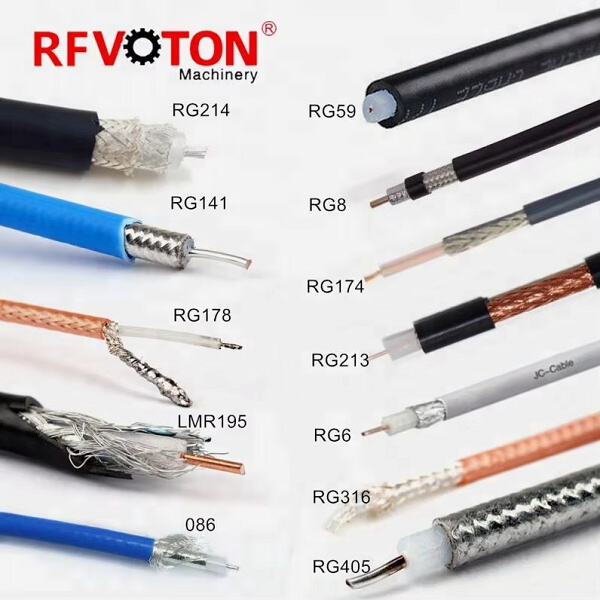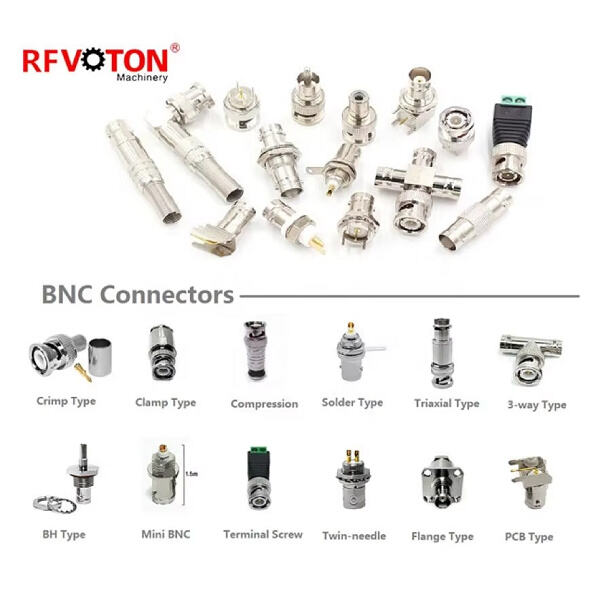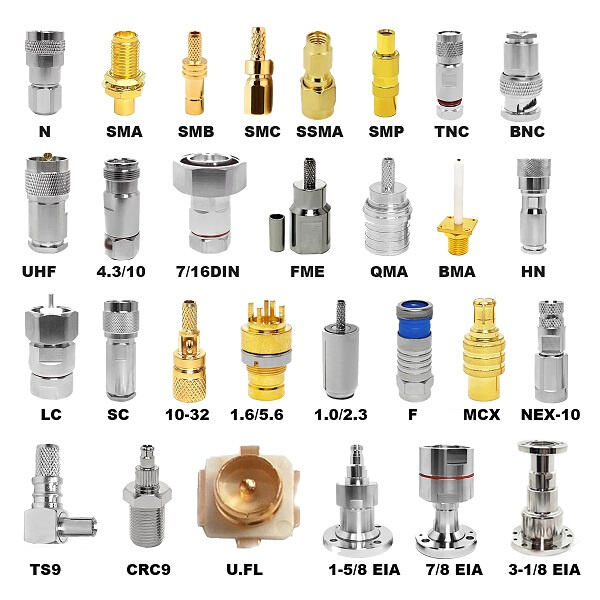BNC cables are integral for security cameras. They are applied widely in security systems sending video signals from camera to recording device. That being said, it’s worth understanding how BNC coaxial cables work and so, here we are.
BNC coaxial cable is a type of cable consisting of three parts -a central conductor, insulating material, and a conductive shield. The video signal is transmitted on the central conductor, and the outer conductor shields the signal from noise. BNC is short for Bayonet Neill-Concelman, and really just refers to the way the connectors on either end of the cable twist and lock together.
BNC-coax-cable One of the major benefits of using BNC coaxial cable is of course its robustness. BNC connectors are placed at each end of a BNC cable and are ideal for security systems since they can’t easily be tampered with. BNC cables also have the capability to transmit high quality video signals over long distances without degradation of the signal.

When choosing a BNC coaxial cable for your security system you'll want to consider the length of the cable, the type of the connectors required and the quality of the cable. RFVOTON various types of BNC Video cables that works with various types of security systems. Be sure to pick out a cable that connects to your video equipment and provides a sturdy connection.

BNC coaxial cable comparisons are often made to other types of cables such as HDMI or Ethernet. One key distinction is in how the two send signals. Video signals are what BNC cables are constructed for, and other types of cable might be used for different forms of data. BNC cables are also strong, with high connection strength and are resistant to interference, which is why they are common for video surveillance systems.

Make sure you install and maintain BNC coaxial cable connections properly for video quality in security systems. Don’t wiggle the ends of the cable, or kink the cable too much when installing BNC cables, as this can damage the signal. Monitor the cables for potential damage, such as fraying and rust, on a regular basis, so that you can avoid the signal loss and maintain a high quality video.